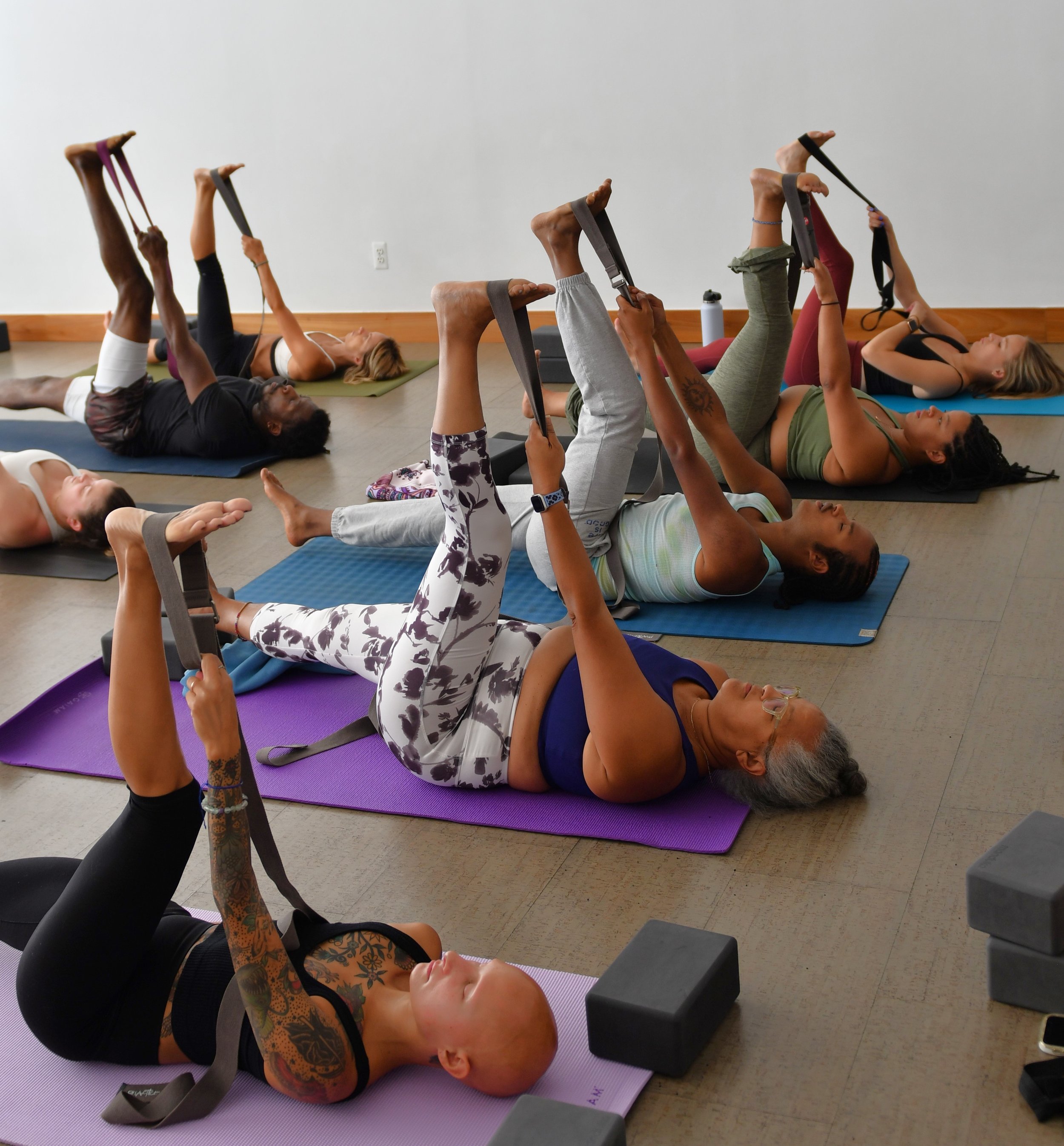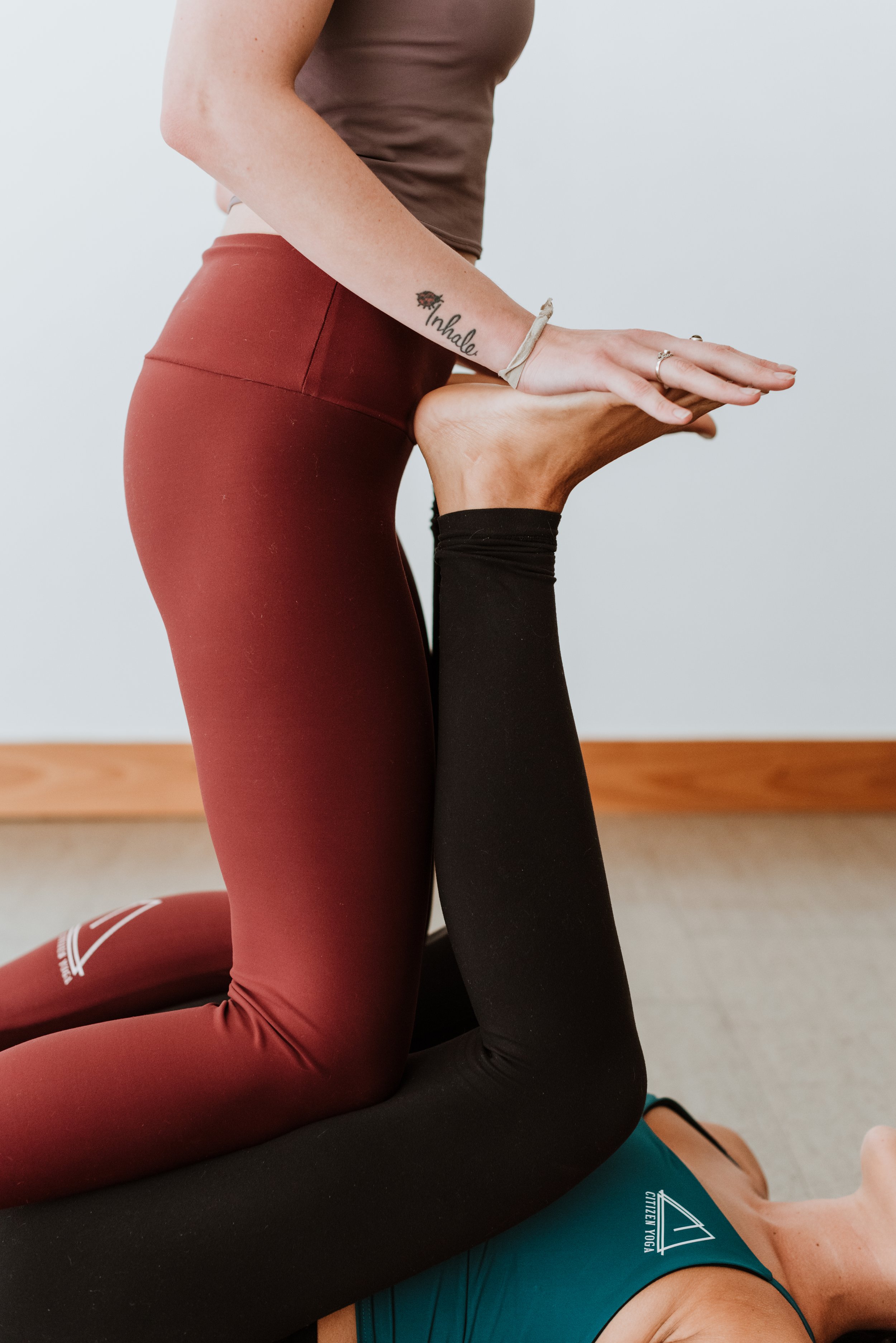A yoga community for those looking for something a little more.
Our mission is to improve mental health & prevent suicide through personal growth & transformation.
Yoga Class Schedules
Insight isn’t instant.
Learn to unlearn.
Manage your mind.
Become more yourself.
Insight isn’t instant. Learn to unlearn. Manage your mind. Become more yourself.
Features
-

31 Days of May Mental Health Challenge
Join our May Challenge and commit to 31 days of personal wellness + mindfulness. Pre-order your New Citizen Wellness Journal!
-

300HR Training + Continued Education
Upcoming 300 Hour modules include Teaching Perinatal Yoga with Dayle, Sound Healing Training with a special guest teacher and Anatomy of Movement with Hannah Andersen.
-
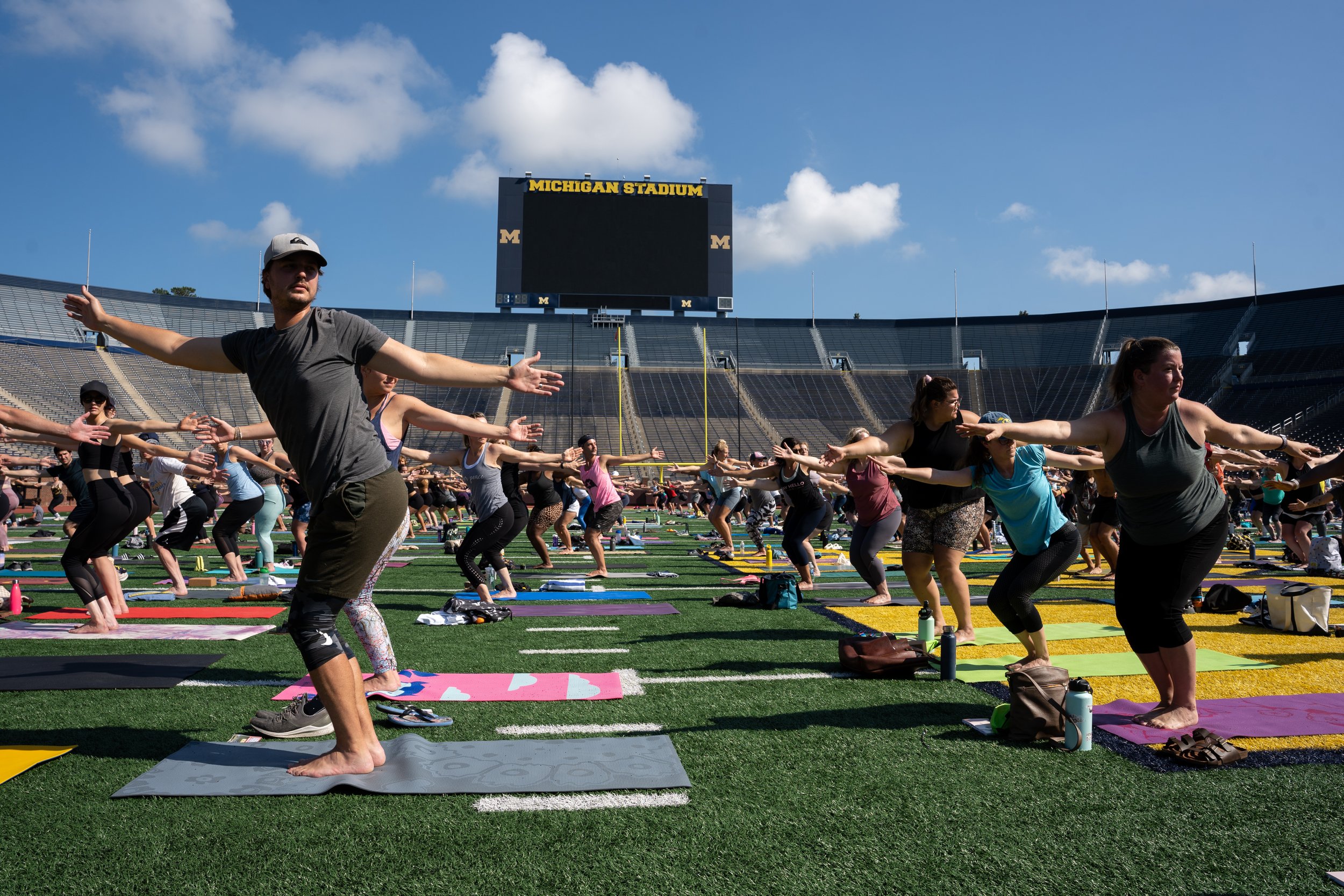
Yoga at the Big House
Over 600 tickets sold! Don’t wait, this event sells out every year. Sponsorship opportunities are available.
-
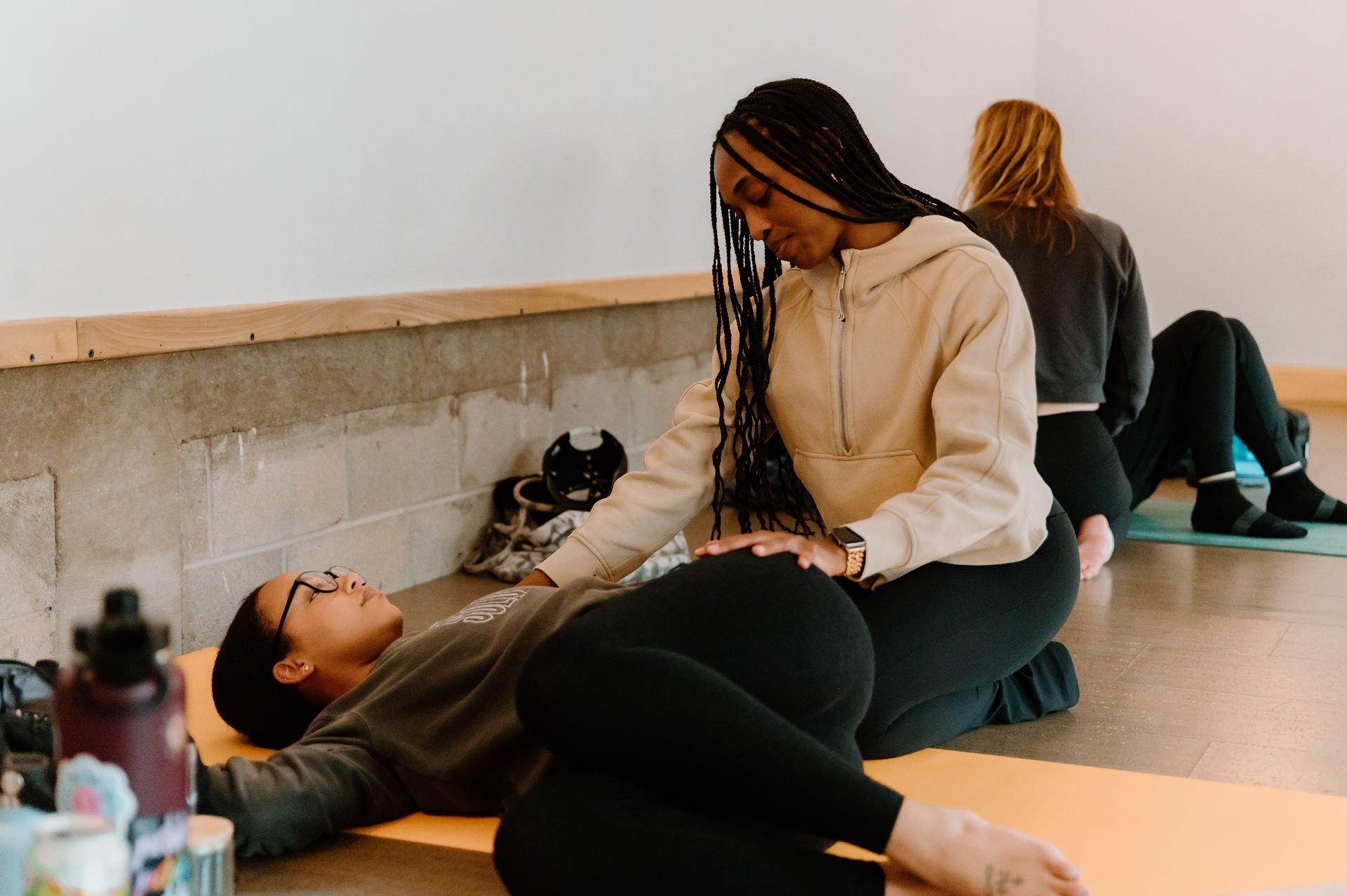
200HR Teacher Training Fall Session
Early Bird registration now open for Fall 2024 session. Training begins Aug 9, 2024. Scholarships available.
England Retreat
May 12-16, 2025. Led by Paul Witherspoon.
Relax and reconnect on a beautiful regenerative estate and nature reserve in Somerset, England.
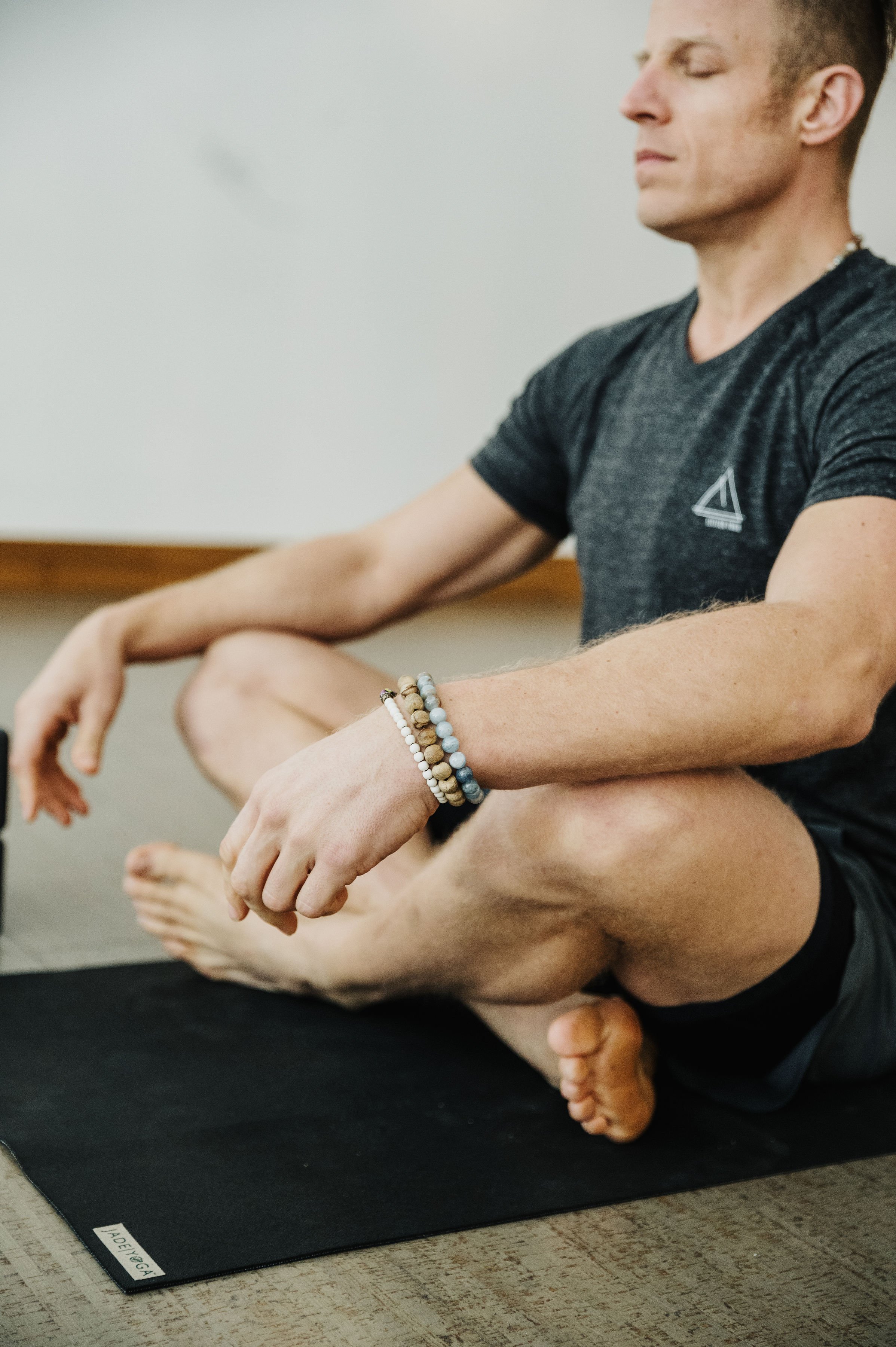
Gain Insight
Through Experience.
View our workshops page for upcoming Citizen community yoga events, experiences, and extended practices.
STREAM YOGA, STRENGTH,
and MEDITATION CLASSES
Explore Citizen Yoga On-Demand
Over 500 Classes for Every Level, Mood, Style or Time Length.
$18/month or 1 Year for $150
Cancel Anytime
Let’s Get Social
Meet the Citizen community, get to know our teachers, and learn about upcoming events, classes, trainings and retreats.

